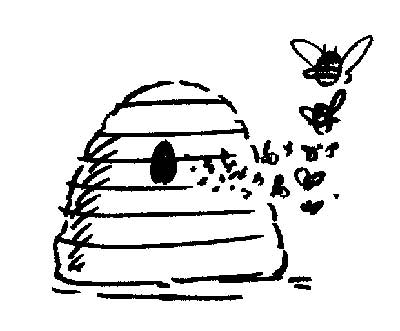|
|
Honey Help |
Michelle Berriedale-Johnson finds out how it can. |
|
As with many other medical practices (hygiene, maggots...) the takeover staged by antibiotics in the second half of the last century drove honey from the medicine cabinet. Yet, although it was only relatively recently that the mechanisms were understood, honey had been used for topical wound dressing for millennia Anti-inflammatory Although Comvita is the ‘brand leader’ in manuka honey it is not the only supplier and, in pursuit of honey based-creams that might help acne or eczema sufferers we found a good range at Nature’s Nectar -
A Comparison Between Medical Grade Honey and Table Honeys in Relation to Antimicrobial Efficacy – a very detailed evaluation of manuka nd other honeys as antimicrobials/natural antibiotics. First published in 2007
December 2014 Manuka honey enthusiast, Oliver Wastie, has set up a whole site, ManukaHoneyWorld, devoted to manuka honey with health and beauty care information and products plus links to buy many of them via Amazon. Back to top |













